Episcia Joy’s deep violet – Red Flower
Original price was: ₹550.00.₹149.00Current price is: ₹149.00.
Size: Single Plant | 2.5″ Pot Included
Episcia Joy’s Deep Violet is a type of Episcia, commonly known as Flame Violet. These plants are prized for their beautiful, often velvety foliage and vibrant, trumpet-shaped flowers.

Here’s a comprehensive guide to caring for your Episcia Joy’s Deep Violet to encourage its deep violet leaves and red flowers:
1. Light:
- Bright, indirect light is key. Episcias thrive in bright conditions but are very sensitive to direct sunlight, which can scorch their leaves and fade their vibrant colors.
- An east or north-facing window is often ideal.
- They also do well under fluorescent or LED grow lights for 8-12 hours a day. If leaves appear bleached, reduce the light exposure.
2. Humidity:
- High humidity is crucial. Episcias are native to tropical rainforests and need consistent humidity (60-90%) to thrive.
- Avoid misting the leaves directly, as the velvety foliage can develop spots or powdery mildew.
- Use a pebble tray: Place your potted Episcia on a tray filled with pebbles and water, ensuring the bottom of the pot doesn’t sit in the water. This increases humidity around the plant as the water evaporates.
- Use a humidifier: A small room humidifier placed near your plant is an excellent way to maintain consistent humidity, especially in drier climates or during winter.
- Terrariums or mini-conservatories: For optimal humidity, consider growing Episcias in a terrarium or enclosed plant cabinet.
3. Watering:
- Keep the soil consistently moist, but never soggy. Overwatering can lead to root rot.
- Check the top inch or two of soil: Water when the top half of the soil feels slightly dry to the touch.
- Use lukewarm water: Cold water can shock the plant and cause leaf spotting. Rainwater or distilled water is preferred, as tap water can leave mineral deposits on the leaves.
- Bottom watering is often recommended: Place the potted plant in a saucer of water and allow it to soak up water from the bottom for about 30 minutes. Pour out any remaining water. This ensures the roots get moisture without wetting the delicate leaves. Combine this with occasional top watering.
- Reduce watering slightly in winter when the plant’s growth slows down.
4. Soil:
- Well-draining, airy potting mix is essential. A peat-based mix, similar to what you’d use for African violets, works well.
- Ensure good drainage in the pot to prevent waterlogging.
5. Temperature:
- Warm temperatures are preferred. Episcias thrive in temperatures between 65-75°F (18-24°C).
- Avoid temperatures below 60°F (15°C), as prolonged exposure to cold can cause leaf browning and may even kill the plant if temperatures drop below 50°F (10°C).
- Protect your plant from cold drafts.
6. Fertilization:
- Fertilize every 2-4 weeks during the active growing season (spring and summer).
- Use a balanced liquid houseplant fertilizer or an African violet food, diluted to half or quarter strength.
- Reduce or stop fertilizing during the winter months when the plant is less active.
- Avoid excessive feeding, as it can lead to salt buildup in the soil.
7. Pruning and Grooming:
- Episcias are trailing plants that send out runners (stolons). These can be left to hang or pinned to the soil surface to root and create a fuller plant.
- Pinch back spent blooms to encourage more flowering.
- Prune regularly to maintain shape, promote bushier growth, and prevent the plant from becoming leggy or “weedy.” You can trim back as harshly as needed.
- Remove any yellow, dead, or damaged leaves.
8. Repotting:
- Episcias are vigorous growers and may need to be repotted more frequently than African violets, typically every 6-12 months or when roots fill the pot.
- Use a pot that is only slightly larger than the root ball. Shallower pots are often suitable as Episcias tend to grow wide rather than deep.
9. Pests and Diseases:
- Episcias are generally hardy, but can be susceptible to common houseplant pests like spider mites and mealybugs.
- Spider mites: High humidity helps deter spider mites. If you spot them, treat with insecticidal soap or neem oil.
- Mealybugs: Use a Q-tip dipped in rubbing alcohol to remove them.
- Due to their preference for warm, moist conditions, they can be vulnerable to fungal diseases like Botrytis and powdery mildew if air circulation is poor. Ensure good air circulation and avoid getting water on the leaves.
By following these care guidelines, your Episcia ‘Joy’s Deep Violet’ should thrive, displaying its stunning foliage and producing abundant red flowers.
Only logged in customers who have purchased this product may leave a review.

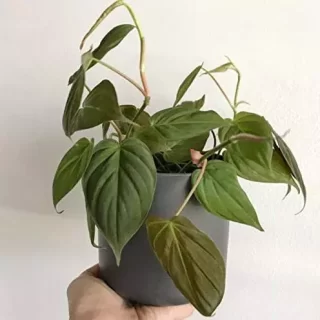
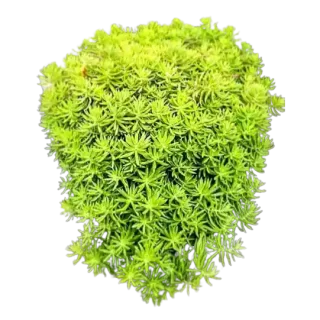
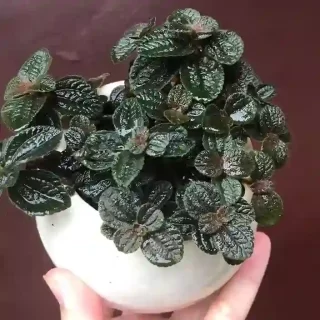
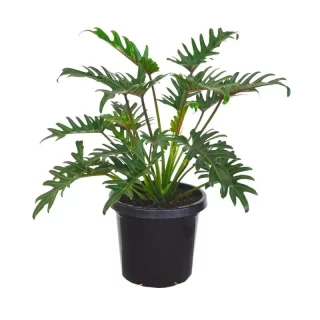


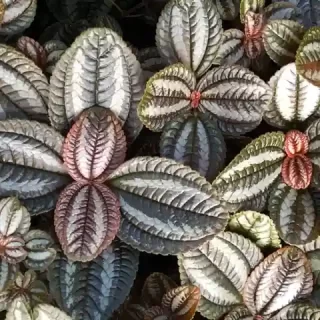
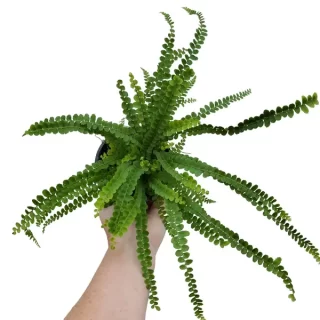
 If you need any assistance, I'm always here. Have you found what you were looking for?
If you need any assistance, I'm always here. Have you found what you were looking for?
Reviews
There are no reviews yet.